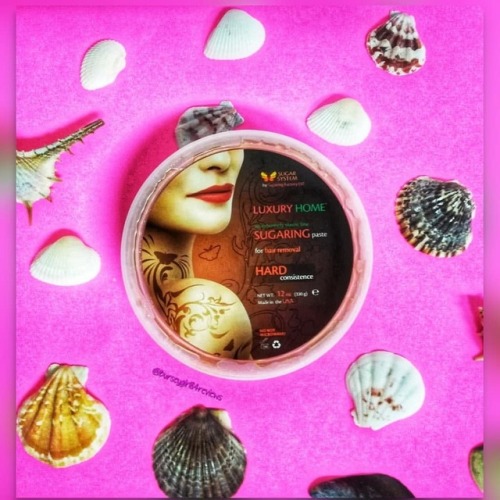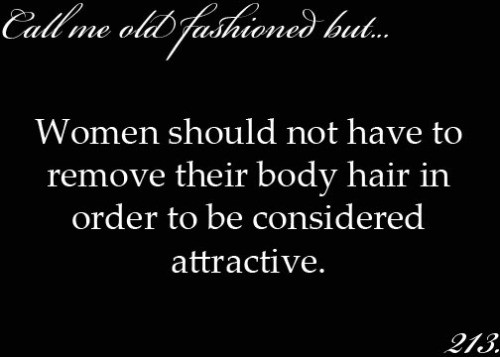#plucking
Using wax is a highly effective way to get rid of unwanted hair and can be used on face, hands, legs, back, brazilian, or bikini. I love it because I don’t have to use it as often compared to shaving. I have to say this wax is SUPER sticky. I used it a few times with just my hands and it worked, but got a little messy. I’m glad it washed off easily. It’s recommended that you use nitrile gloves and drying powder so I’m going to buy some of that and try it again. I definitely like this wax. Since this is my first time using sugaring wax I’m going to look up some videos to better understand how it works. Overall I would recommend giving a try if your into waxing.
Sugaring Factory LLC
https://amzn.to/30zvilW
#SugaringFactoryLLC #AD #Sponsored #Burseygirl84reviews #GotItFree #Wax
#hairremoval #waxing #waxingmurah #organichairremoval #organicproducts #plucking #waxhairremoval
https://www.instagram.com/p/BxtMsC3l_mC/?igshid=1g1454to42sjf
Post link
Don’t forget to check out our brand new website - Facial hair is a natural phenomenon but, having excessive hair can be embarrassing, especially for women. Watch how you can get rid of facial hair using simple ingredients available in your kitchen! Check other awesome ### ORGANIC MAKEUP ###
Read more at http://issuu.com/healthylivinglife/docs/natural_ay1468749735.pdf
HONOUR LIFE – A GENTLE REMINDER
Before cutting the branch of a tree or removing a flower, tell the spirit of the tree or plant what you are going to do, so that they can withdraw their energy from that place and not feel the cut so strong.
When you go to nature and want to take a stone that was in the river, ask the river keeper if he allows you to take one of his sacred stones.
If you have to climb a mountain or make a pilgrimage through the jungle, ask permission from the spirits and guardians of the place. It is very important that you communicate even if you do not feel, do not listen or do not see. Enter with respect to each place, since Nature listens to you, sees you and feels you.
Every movement you make in the microcosm generates a great impact on the macrocosm.
When you approach an animal, give thanks for the medicine it has for you.
Honor life in its many forms and be aware that each being is fulfilling its purpose, nothing was created to fill spaces, everything and everyone is here remembering our mission, remembering who we are and awakening from the sacred dream to return home.
Getting To The Root: http://www.gettingtotheroot.org/
Photo: Victoria Zschommler
Post link
Plucking can be a problem in many birds, but parrots seem to be quite good at it.
Feather plucking is a stereotypic behaviour. A stereotypic behaviour can be a result of stress or, particularly, boredom. Stereotypic behaviours are due to the lack of choices available to an animal. In an engaging environment, a bird has many options. It’s daily routine may look something like this:
Play - drink - groom - bathe - play - sleep - play - eat - play - sleep
For a bird that doesn’t have enough toys, doesn’t have to forage for treats, doesn’t have enough interaction with its owner or other birds, or has toys it is no longer interested in, its daily routine may look like this:
Groom - drink - groom - eat - groom - sleep - groom - eat - groom - sleep
The bird has run out of choices, and as a result it begins repeating one or two of the few choices it has. Stereotypy is a result of an enclosure that doesn’t give the bird the chance to indulge in its natural behaviours, such as foraging, puzzle-solving, playing with other birds (or you), climbing and exercising.
Excessive grooming will lead to feather loss. If this is allowed to continue for a long time, the bird can damage the feather follicle. A damaged follicle is serious - this feather will never grow back.
If you notice your bird plucking, take some time to consider its environment and routine. Has this just started, or has it been happening for a while?
Has there been a big change in routine lately - a new bird or a moved cage? This may indicate stress-plucking, and you should consult a vet or an animal behaviourist.
How many hours a day is your bird able to play? To exercise? To cuddle with you? Do you change his toys often enough that they don’t become routine or boring? Do you give him the opportunity to leave the cage and sit on a play-stand, or fly around?
If your bird is physically and mentally stimulated, every day, he won’t pluck, and you will have a happy, healthy parrot - both physically and mentally.
If you notice your bird is plucking, you should take him to a vet immediately.
Bigger, more intelligent birds are theoretically more likely to pluck, but I’ve seen many cases of plucking in rainbow lorikeets - more so than any other species.
There are commercial sprays available that are distasteful to the bird, and will stop plucking, but this is definitely a short term solution, and it is important to understand why your bird is plucking in the first place.
Plucking can also be caused by irritation during moulting, or due to parasites such as mites.
Don’t forget that a moulting bird will pluck old feathers out, as they loosen. This is completely normal, and finding feathers at the bottom of the cage during moulting season is nothing to fear.
If you’re concerned at all about your bird, see a vet as soon as possible.
Species: Hyacinth macaw (Anodorhynchus hyacinthinus)
Post link
check out my new asmr video! (-.-)zzZ




